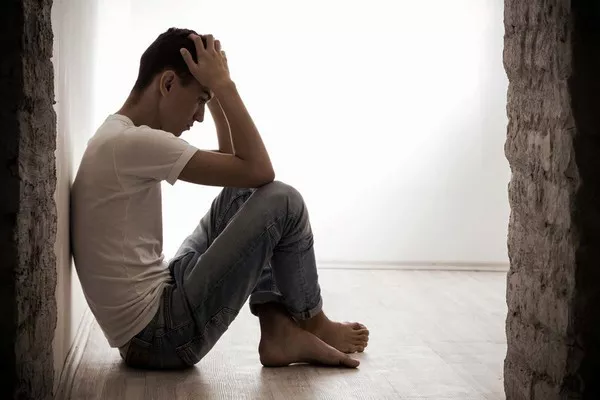Last week, the Substance Abuse and Mental Health Services Administration (SAMHSA) released its annual National Survey on Drug Use and Health, revealing that one in three adolescents received medical and professional services for mental health disorders in the past year. While SAMHSA views this increase as a positive sign of progress in normalizing mental health treatment, there are concerns that this trend may not be as beneficial as it appears.
The survey, which tracks the mental health and treatment of Americans over the age of 11, estimates that nearly 32% of adolescents aged 12 to 17—regardless of whether they reported a formal diagnosis or significant distress—received some form of mental health care in 2023. This includes prescription medications, counseling, and various inpatient and outpatient treatments.
This high treatment rate is troubling, as mental disorders with chronic and serious impairments typically emerge in late adolescence or early adulthood. The data suggests that many adolescents might be receiving unnecessary treatment. Out of approximately 8.3 million youths who received treatment last year, only about 3.4 to 4.5 million might have experienced sufficient distress to warrant such intervention.
Despite the narrative pushed by the mental health industry that therapy is universally beneficial, evidence suggests that mental health treatments for youth are often less effective than for adults and may not follow established guidelines. As a result, many young people receive substandard care, which can lead to increased self-harm and higher rates of hospitalization.
Moreover, the survey does not account for individuals in more restrictive settings, such as juvenile justice centers, residential treatment facilities, and mental hospitals, where those with severe emotional distress are more likely to be found. Consequently, the data may not fully reflect the experiences of those who are most in need of treatment.
The implications of widespread mental health diagnoses extend beyond immediate care concerns. A mental health diagnosis is linked to a higher likelihood of premature death, work absenteeism, and unemployment, and can diminish one’s sense of control and marriage prospects. Additionally, stimulant overuse, common in the treatment of ADHD, can induce psychosis. Given that symptoms of many mental health issues, such as depression, are often temporary and may resolve on their own, some experts argue that more caution is needed before pursuing treatment.
Despite these concerns, the Assistant Secretary for Mental Health and Substance Use expressed satisfaction with the increase in the number of adolescents receiving treatment, noting a rise of half a million from the previous year. This positive reception reflects a broader federal policy that assumes improving “emotional health” across society will prevent mental illness, leading to substantial taxpayer funding for mental health programs.
Over the past fifty years, this policy approach has legitimized extensive mental health treatment and medicalized social issues without significantly reducing the prevalence of mental disorders. While high-quality services can benefit those with severe emotional distress, a more discerning approach to treatment is necessary. Just as we would not universally endorse additional physical therapy for youth with ambiguous growing pains, indiscriminate mental health treatment should not be celebrated either.


